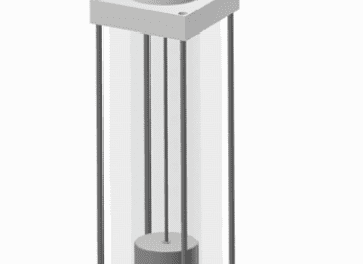The results of a registry analysis showed high rates of procedural success after pulmonary artery stenting, but adverse events following treatment were also common.
Patients with biventricular hearts and an ostial stenosis were more likely to be treated successfully, whereas single-ventricular hearts, low body weight and need for emergency procedures significantly increased the risk for death or a major adverse event, the researchers wrote.
The analysis included data collected from the National Cardiovascular Data Registry-IMPACT Registry on 1,183 pulmonary artery stenting procedures performed in 974 patients between 2011 and January 2014. Citing the lack of a standardized definition for procedural success, the researchers identified the following criteria for success according to whether patients had biventricular hearts or single-ventricle palliation:
-In patients with biventricular hearts (78%), an increase in pre-procedure diameter of more than 50% and/or a subpulmonic ventricular pressure decrease of more than 20% (definition 1); or a ratio of in-stent minimum diameter to pre-stent distal diameter of more than 80%, a 25% reduction in right ventricular pressure or a 50% decrease in pulmonary artery gradient (definition 2).
-In patients with single-ventricle palliation (22%), a ratio of post-stent pulmonary artery vessel diameter to pre-stent distal pulmonary artery diameter of 1 or greater.
Among patients with biventricular hearts, the procedural success rate was 76% according to definition 1 and 84% according to definition 2 (P < .001 for difference). The single-ventricle success rate was 75%. Procedure success did not differ significantly according to treatment indication, the researchers wrote.








